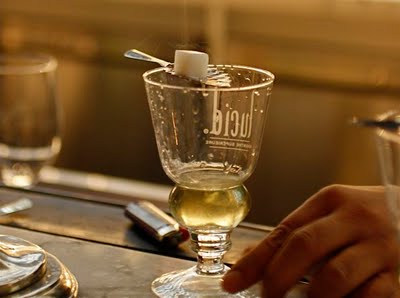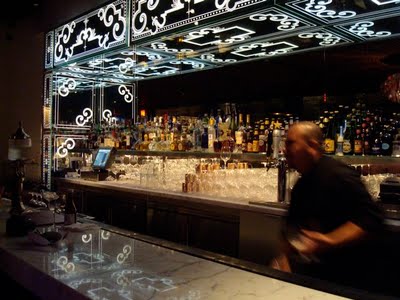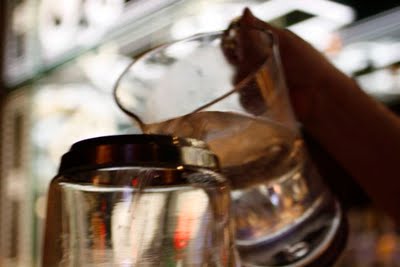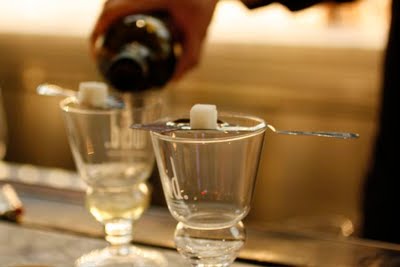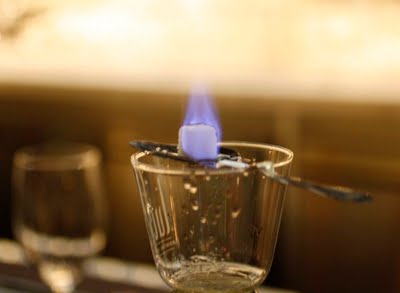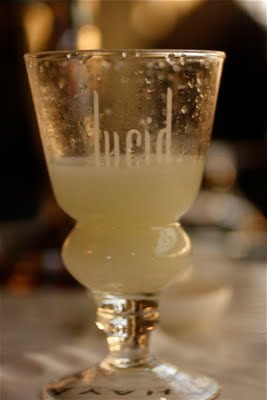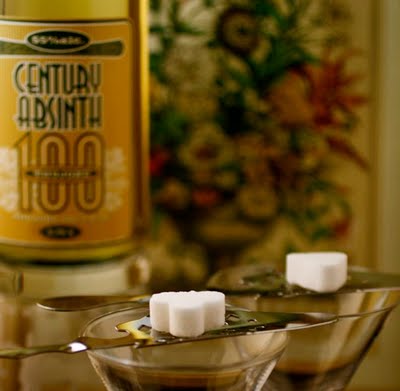
For the Civilized Tradition of Cocktail Entertaining
Nibbles Inspired by The Late Great James Beard
well washed down with the drink of your choosing
flavored with good will and love and understanding
Simple and Sublime. Tomato and Onion. Plus my favorite cocktail, and yours. He wrote the first major cookbook devoted exclusively to cocktail food and drink in 1940! His entertaining advice is pithy, precious, and ultimately timeless. These bites are not meant to satiate, but to leave one hungry, hungry for what comes next…
“The food, no matter how simple, should show some degree of imagination,” wrote James Beard, Dean of American Cookery.
featuring
Mini Sweet Onion Sandwiches with Mayo and Fresh Herbs
and
Mini Heirloom Tomatoes Dipped in Absinthe and Kosher Salt
When James Beard died at 81 on January 21, 1985, he left a legacy of culinary excellence and integrity to generations of home cooks and professional chefs. His name remains synonymous with American food. – from James Beard Foundation
Continue reading “Cocktail Nibbles Inspired by The Late Great James Beard”

